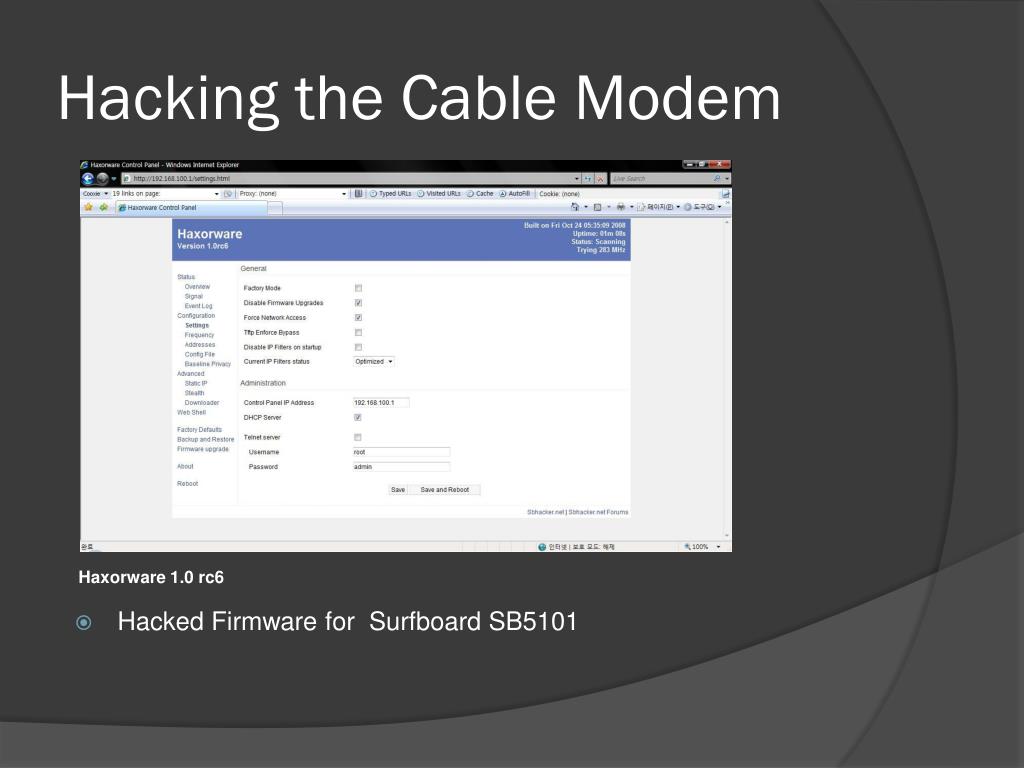

Click start control panel network connections this may vary depending on your operating system look for local area connection if you see a red x or a yellow exclamation or question mark you will need to update or install the driver or it could be firewalled. Im not sure what you mean if the ethernet cable is not connected ?Connect it !! You will have to open up your network connections. Should you forget the info needed to access it in the future, you'll find everything you need on the label.I hope this helps & good luck! Finally, record the the IP address, username, password, SSID, security type and key and attach to the underside of the router. As you can see, not broadcasting the SSID provides an additional layer of security. Use WEP security *only* if there is no other type offered, as WEP security can be hack in under a minute or two by computer. Using the manual as a guide, you can edit any of the settings as desired, but you should at least change the login password to something unique and set the WiFi security to WPA with a security key (word) that does not appear in the dictionary. This will remove all customizations to the router settings.

With a paper clip or ball point pen, press and hold the reset button for several seconds, then release. It will not be possible to view the router settings, but you can return the router back to the factory settings by locating the reset button on the device itself. From here, you would go to the wireless settings to read or change the SSID and security settings.If the router refuses the admin / password credentials, that means that it has been changed from the factory defaults. You didn't provide the model number of your router, but according to this Arris Router manual I found, if it was not changed from the factory default by the user - it will be "admin" and "password" (without the quotes). You will be prompted for a username and password. You will need to point your browser at the router's setup page - often 192.168.0.1 is used. The SSID is needed to recieve a prompt for security keys, so without the SSID, you're stuck to look for another WiFi signal.If the WiFi router is accessible to you - that is you own it - you can access the router's setup page via any computer that is either 1) physically connect via network cable, or 2) connected via WiFi. Many people often choose to shield the SSID as another layer of security for their WiFi.

Hi John,The SSID is either broadcast or sheilded, depending on whether the owner wanted to broadcast it or not.


 0 kommentar(er)
0 kommentar(er)
